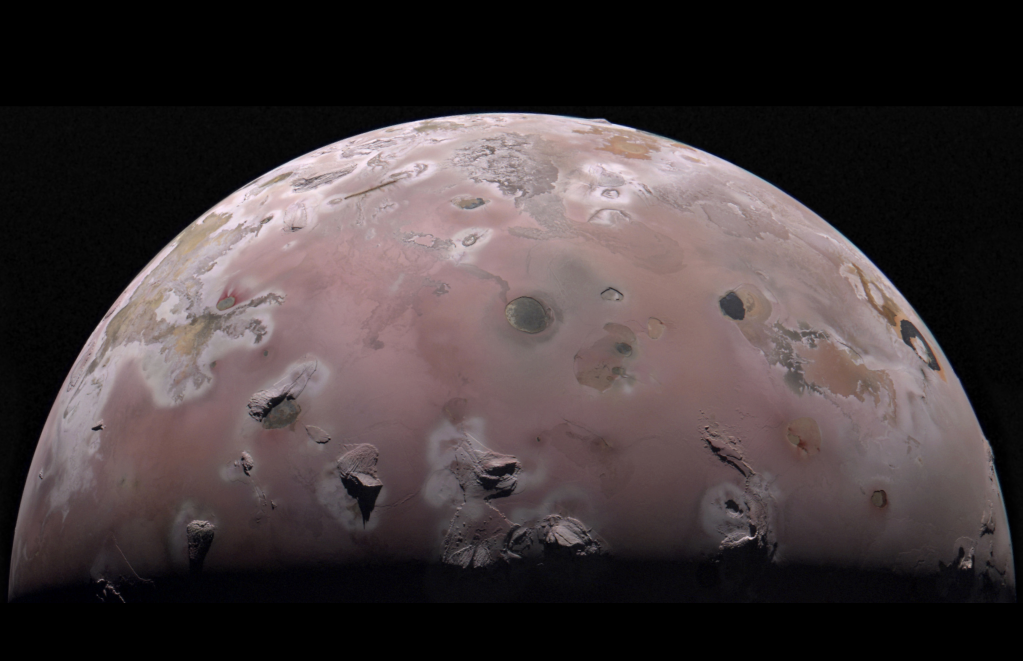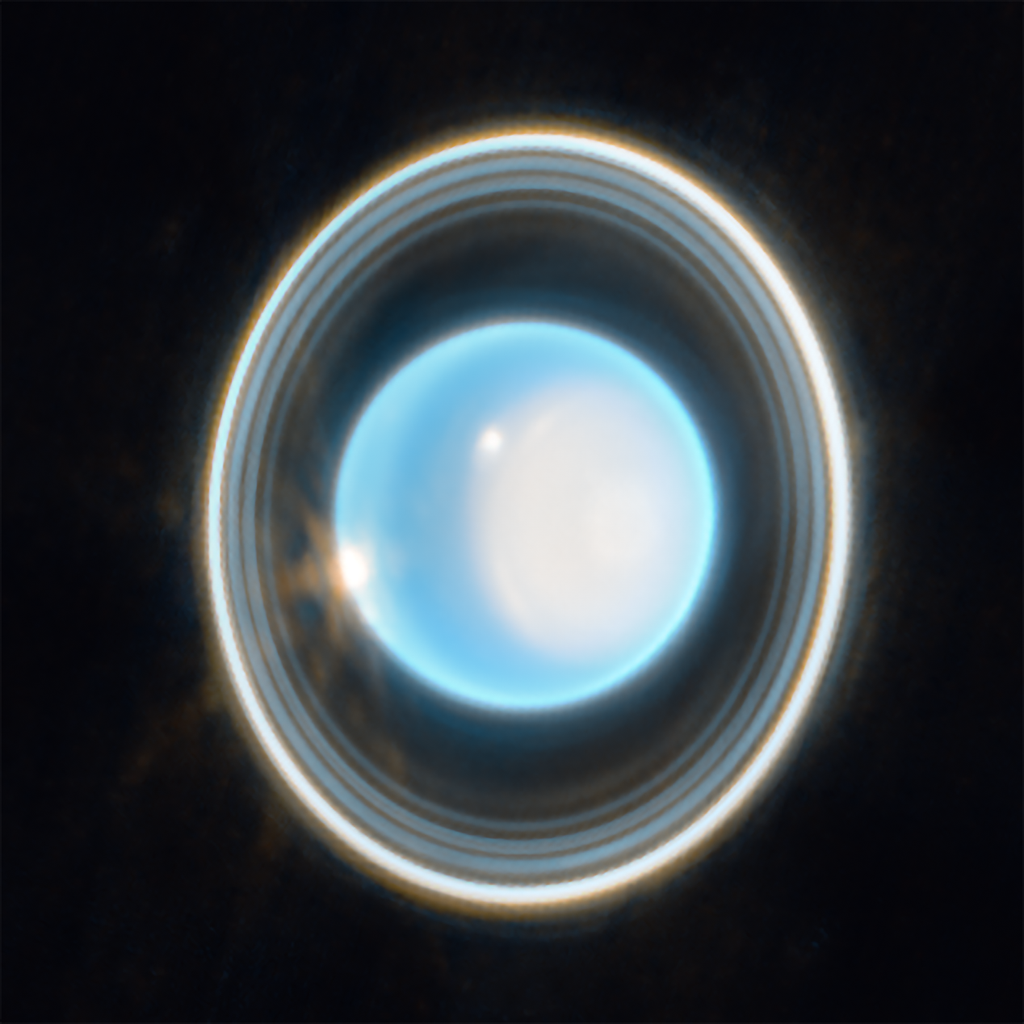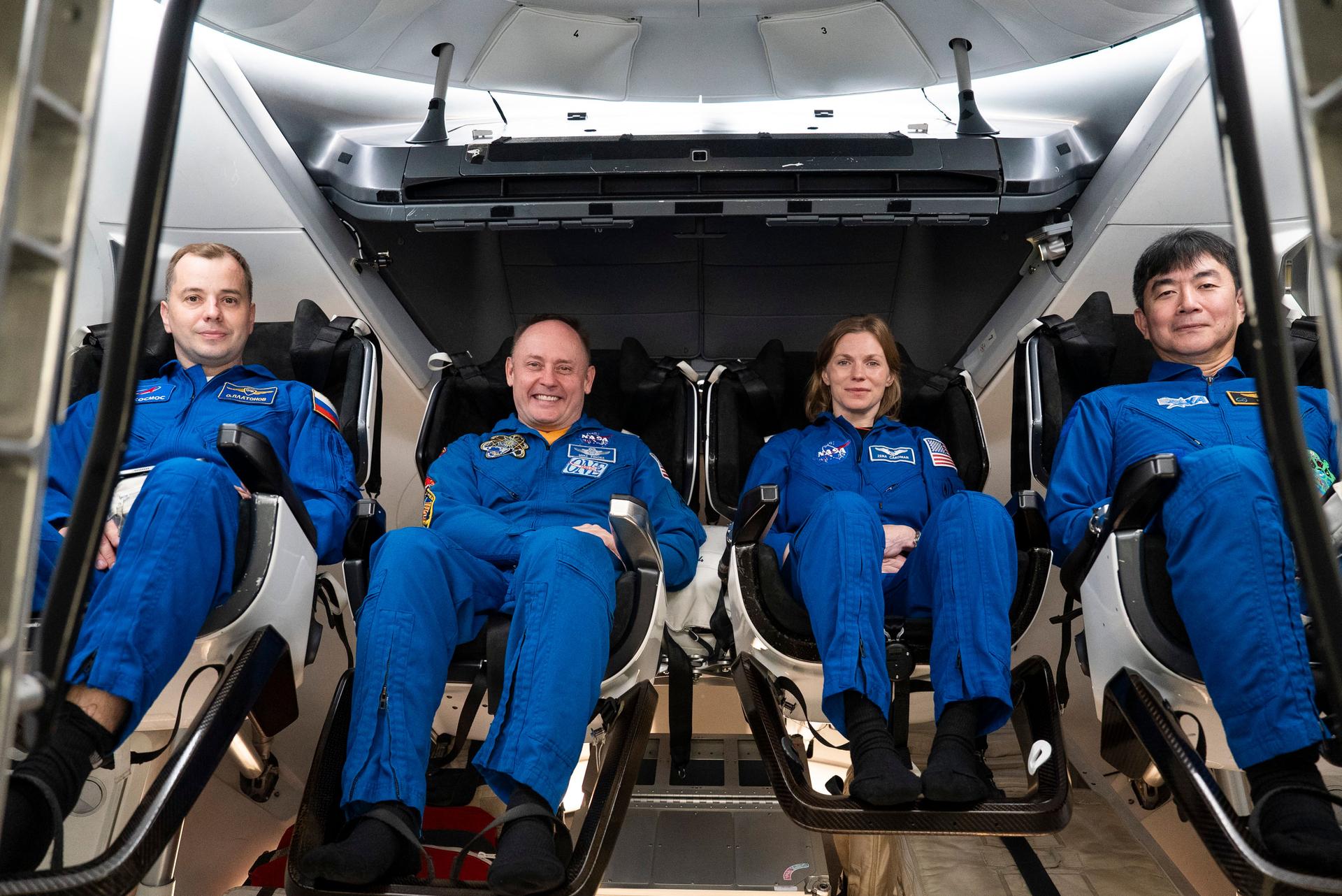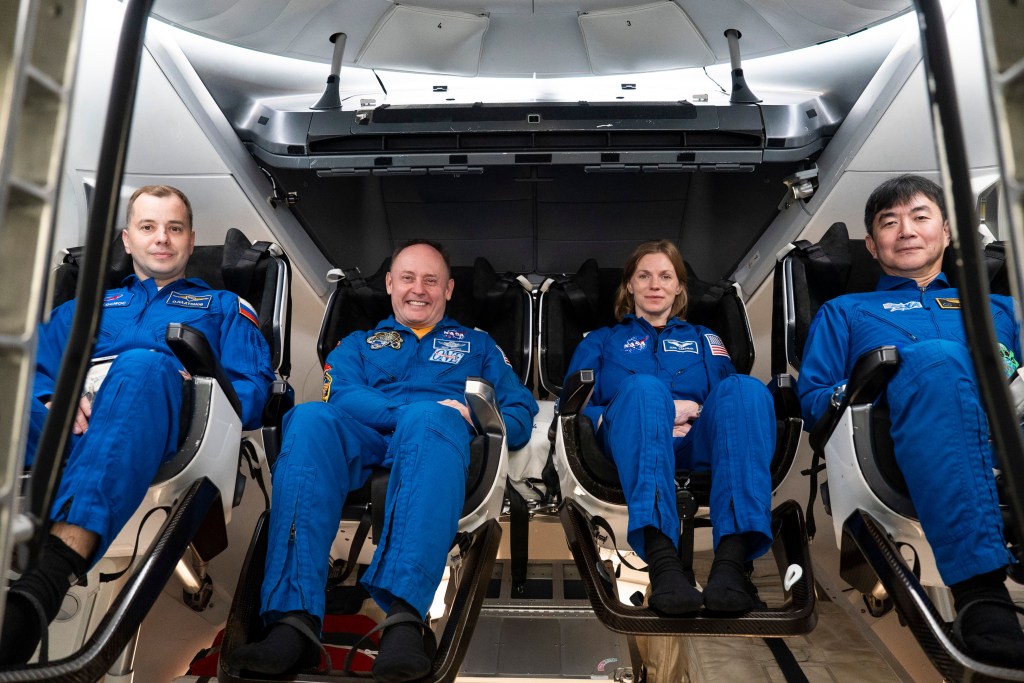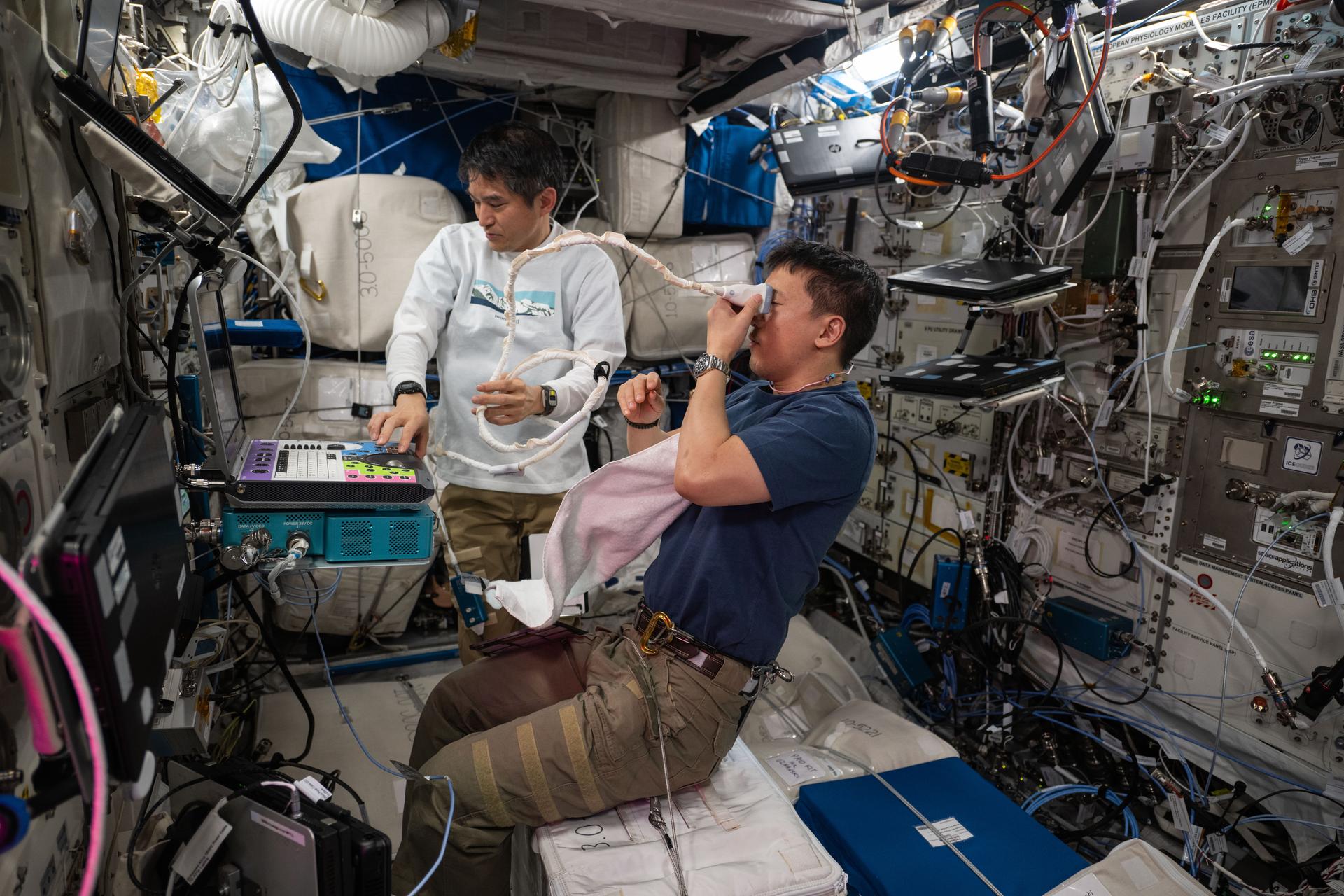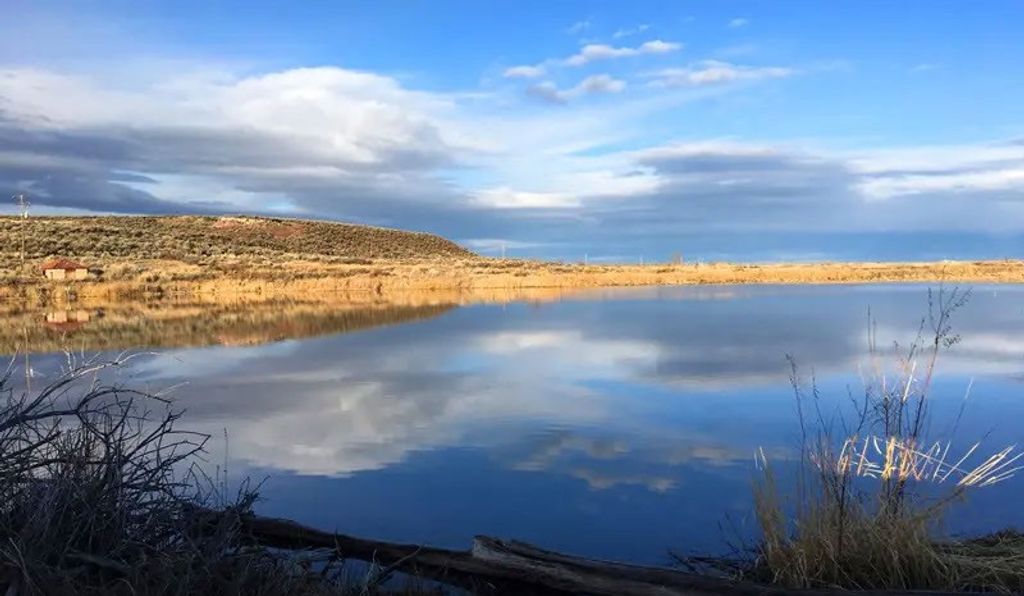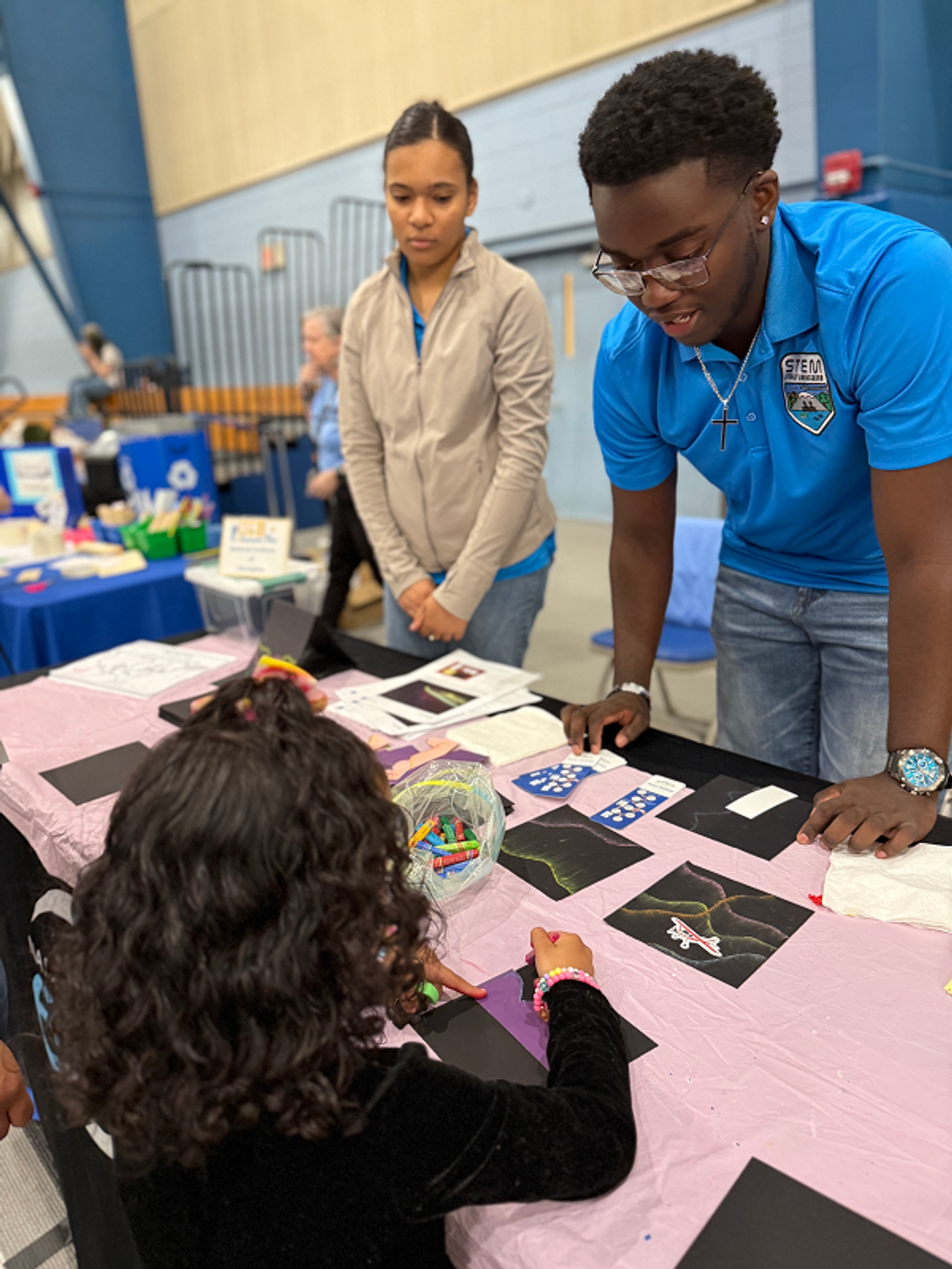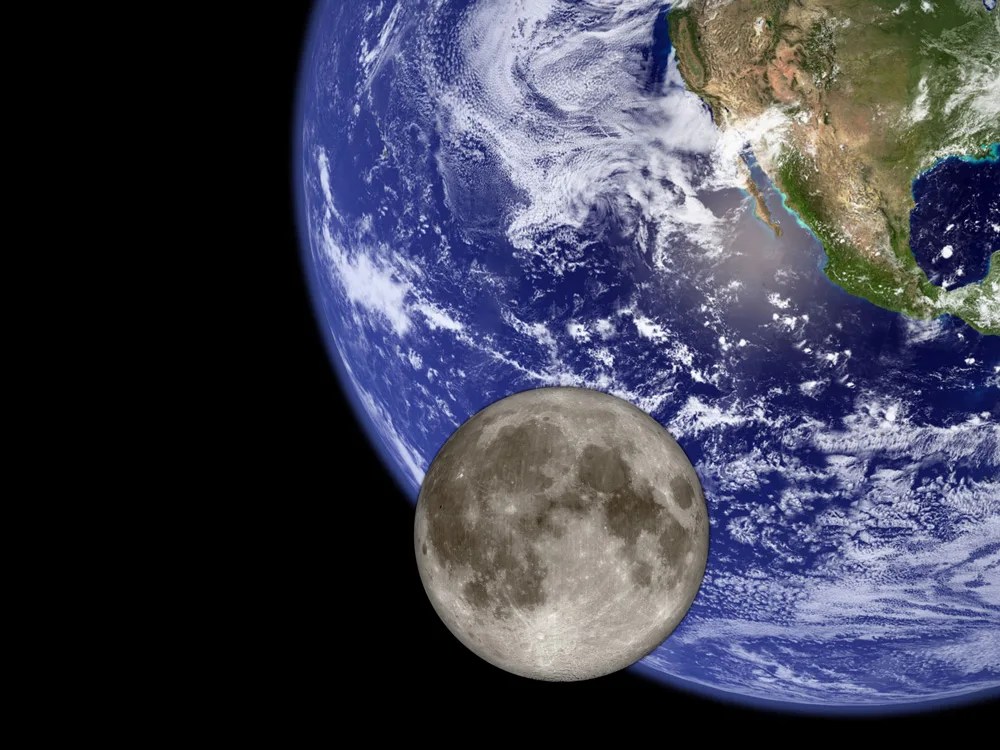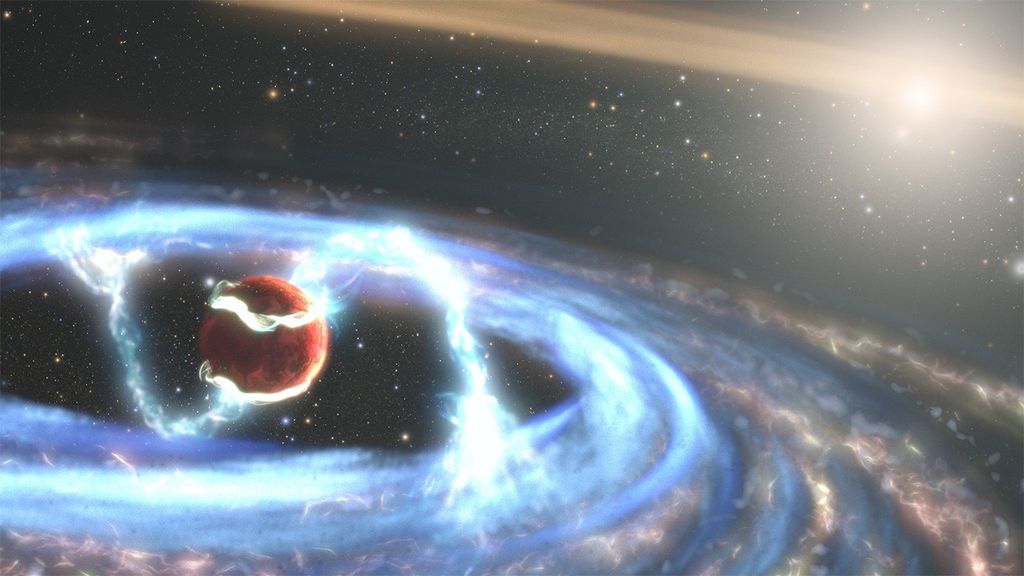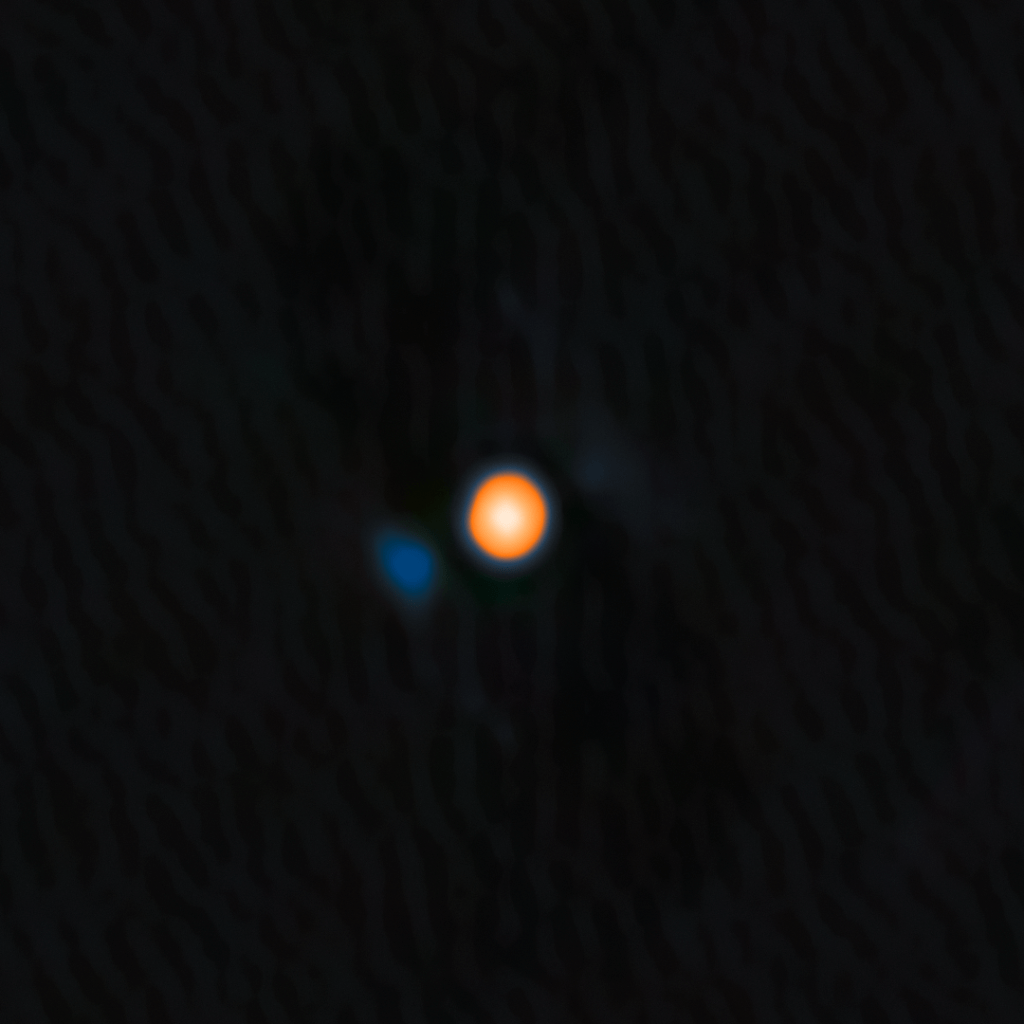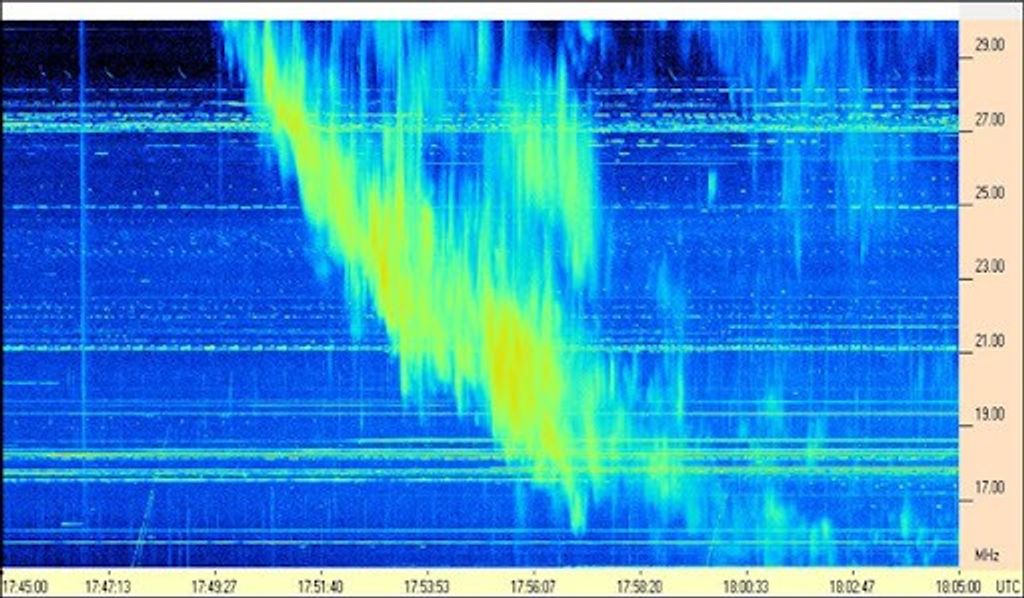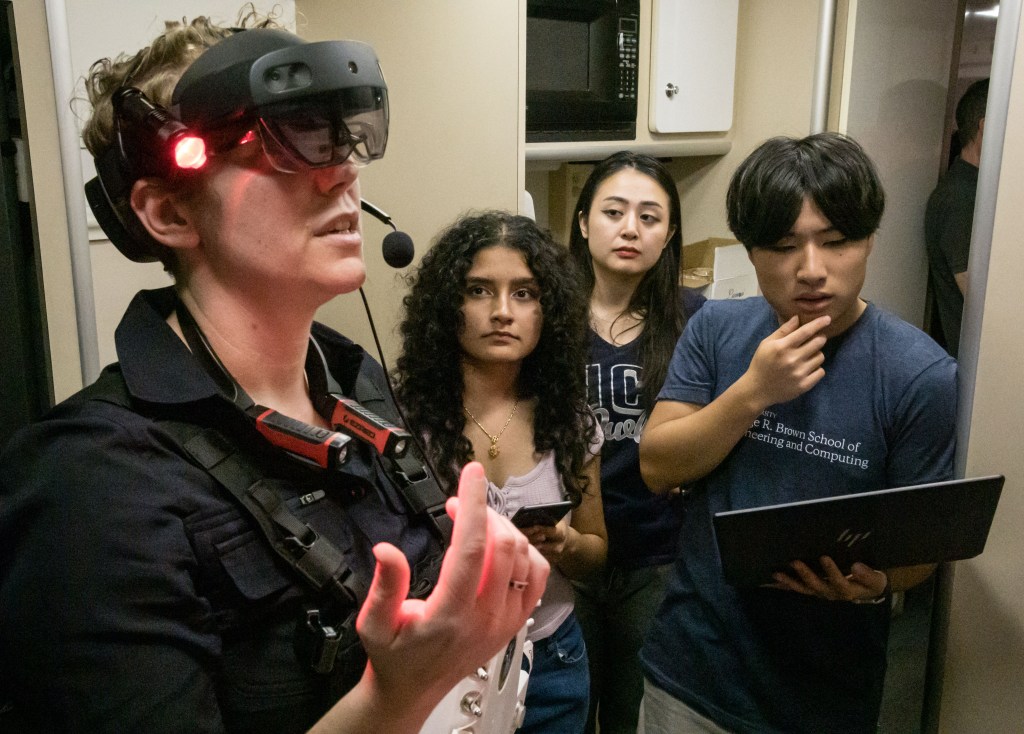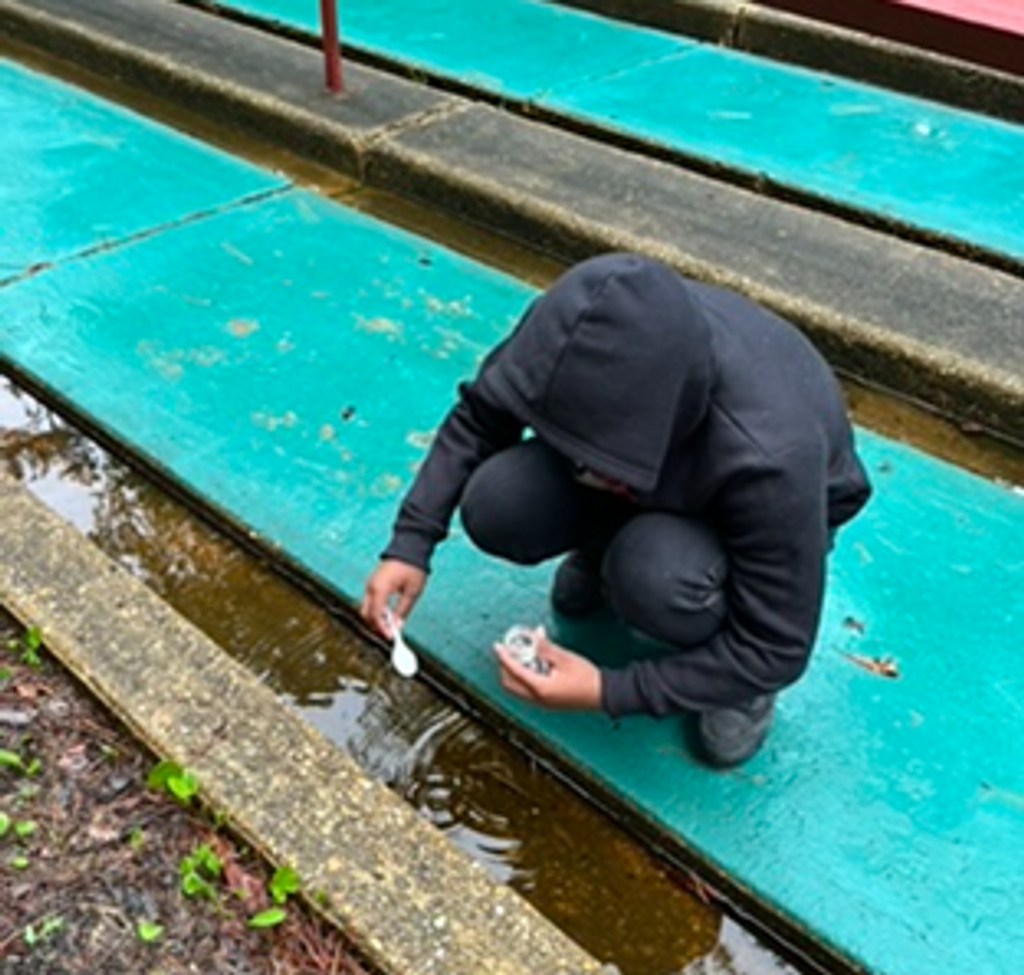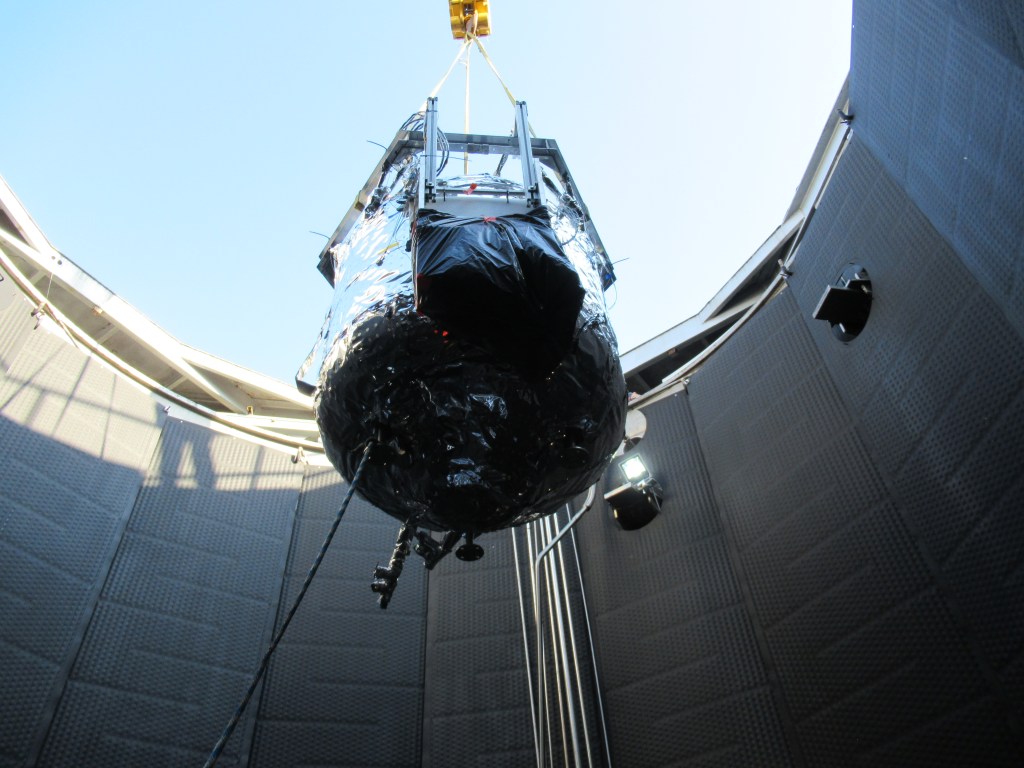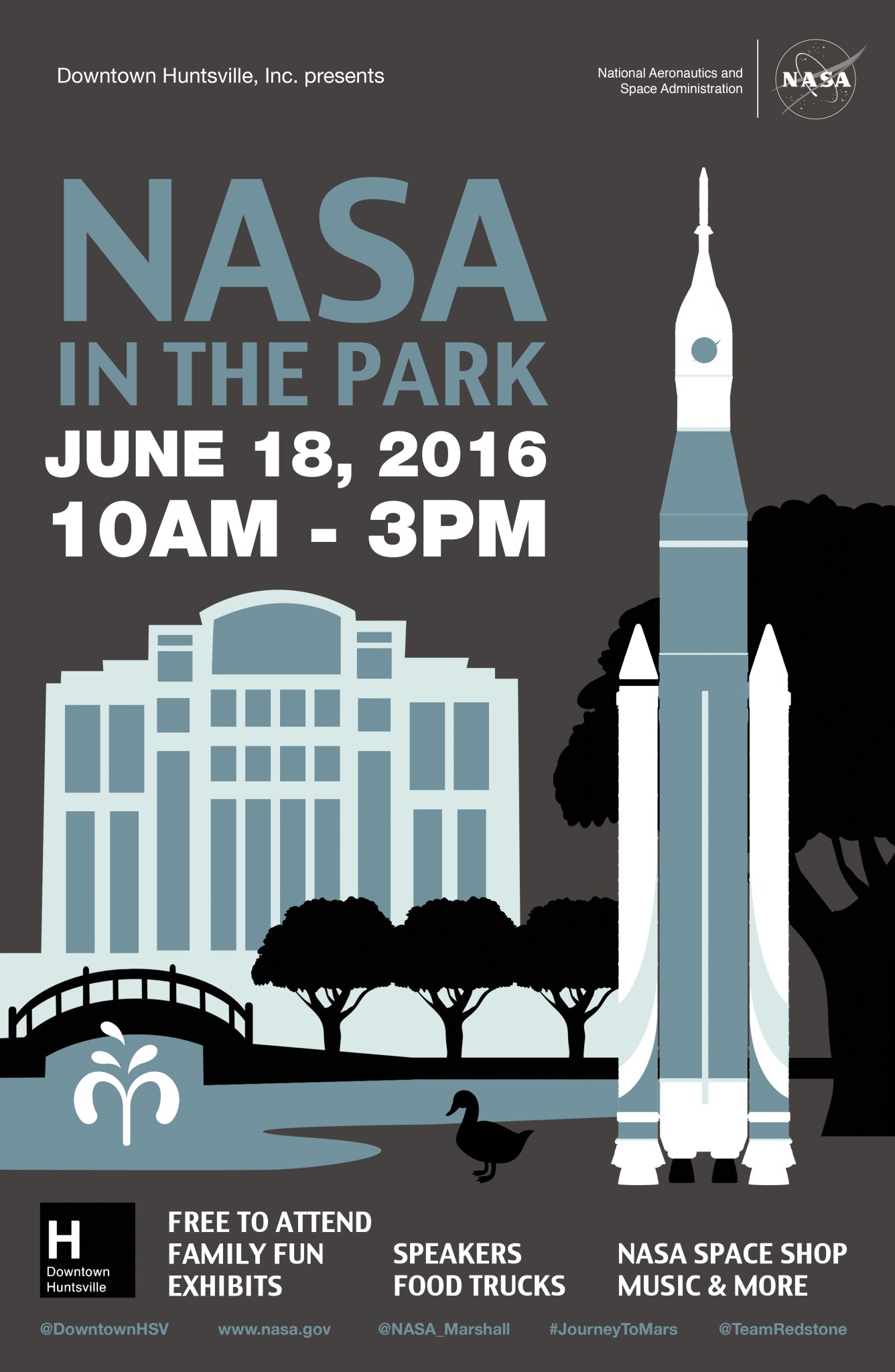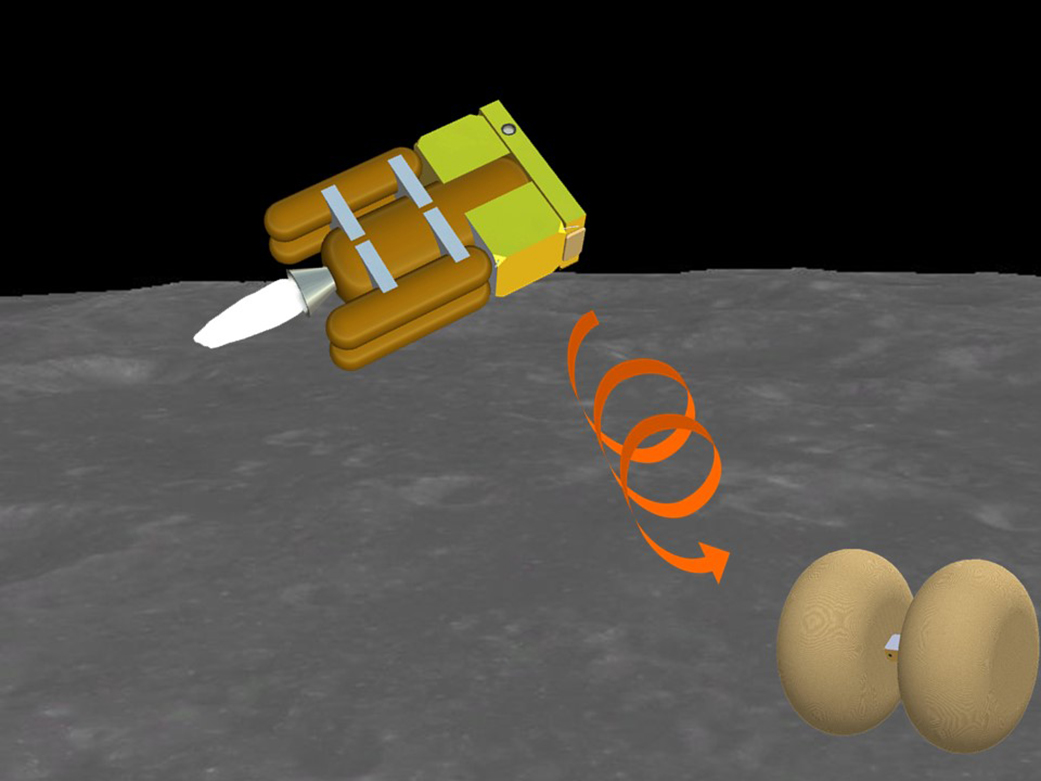In This Week’s Star
- Marshall, Downtown Huntsville Inc. to Host 2016 NASA in the Park June 18
- International Partners Provide Science Satellites for America’s Space Launch System Maiden Flight
- NASA’s Journey to Mars Exhibit Reaches, Teaches Thousands
- Celebration of Ethnic Cultures and Contributions Takes Center Stage
- This Week in NASA History: Discovery Becomes First Space Shuttle to Dock With International Space Station — May 29, 1999
- NASA’s OSIRIS-REx Spacecraft Featured on ‘This Week @NASA’
- Obituaries
Marshall, Downtown Huntsville Inc. to Host 2016 NASA in the Park June 18
By Brian C. Massey
NASA’s Marshall Space Flight Center and Downtown Huntsville Inc. are partnering for a third year to host an event celebrating the city and space agency’s enduring relationship. NASA in the Park will be held from 10 a.m. to 3 p.m. June 18 in Huntsville’s Big Spring Park East.
“NASA is one of the key factors in Huntsville’s success story, and yet its location on Redstone Arsenal keeps it something of a mystery to the public,” said Huntsville Mayor Tommy Battle. “NASA in the Park brings these brilliant engineers and scientists from behind the gate to our citizens where we can learn about space endeavors, ask questions and hopefully inspire the next generation of explorers.”
NASA in the Park will include dozens of exhibits and demonstrations that share Marshall’s work with the public. Work that, according to Marshall Center Director Todd May, is advancing the nation’s journey to Mars.
“NASA is making great strides on the journey to send astronauts farther into space than ever before, and in a very real sense, critical elements of the journey to Mars are happening right here in Huntsville,” May said. “We’re excited to share in this journey with the Huntsville community, and on June 18, we will come together and celebrate the work taking place.”
America’s next great ship — NASA’s Space Launch System — is currently being designed, developed and managed by Marshall. The first rocket designed to launch astronauts on the journey to Mars, SLS will be the most powerful ever built and, with the Orion spacecraft, will move America into a new era of human exploration.
The downtown event also will feature Marshall musicians, educational activities and games for all ages. May will be joined by many Marshall employees as well as NASA astronaut Don Thomas, who will visit with the public throughout the day.
This year, NASA will be joined by Redstone Arsenal, which will be celebrating its 75th anniversary on the west side of Big Spring Park.
Massey, an ASRC Federal/Analytical Services employee and the Marshall Star editor, supports the Office of Strategic Analysis & Communications.
International Partners Provide Science Satellites for America’s Space Launch System Maiden Flight
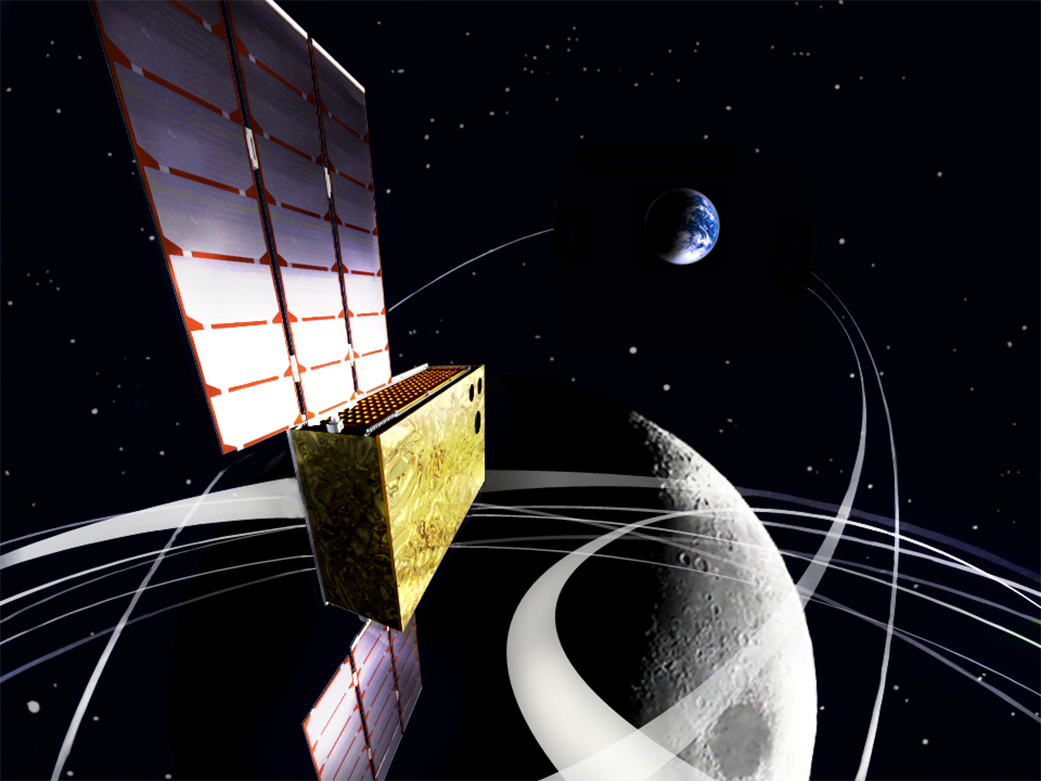
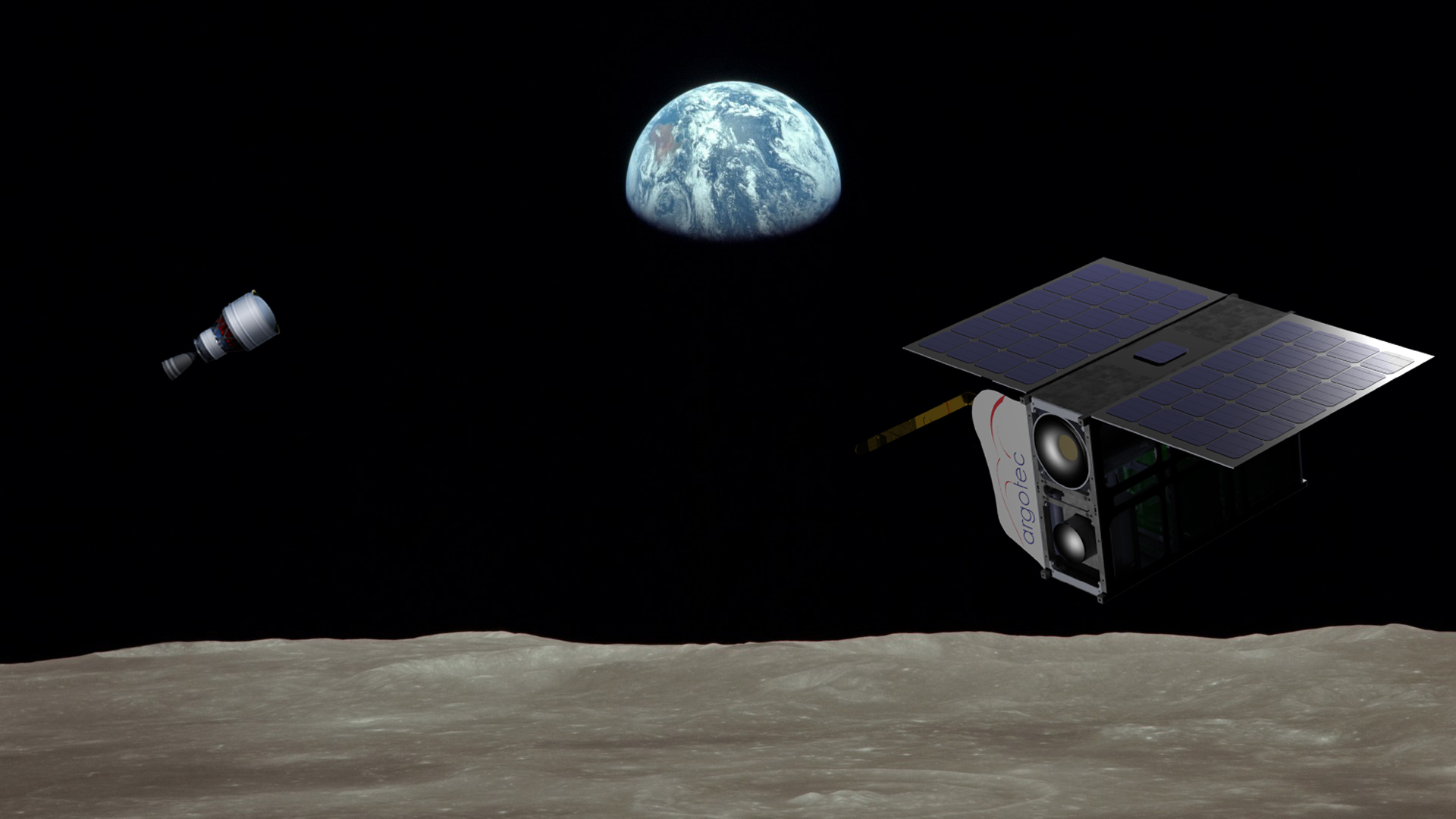
NASA’s Space Launch System will launch America into a new era of exploration to destinations beyond Earth’s orbit. On its first flight, NASA will demonstrate the rocket’s heavy-lift capability and send an uncrewed Orion spacecraft into deep space. The agency will also take advantage of additional available mass and space to provide the rare opportunity to send more than a dozen small satellites, called CubeSats, to conduct experiments beyond low-Earth orbit. In addition to the 10 CubeSats announced earlier this year, the agency will be sending three from international partners.
“The first SLS launch presents a great opportunity to collaborate with our international partners by providing rides for CubeSats that can pursue independent science and technology missions while supporting our mutual goals for human exploration in deep space,” said Steve Creech, acting manager of the Spacecraft and Payload Integration and Evolution Office, which handles integration of the secondary payloads at NASA’s Marshall Space Flight Center, where SLS is managed.
These small satellites are designed to be efficient and versatile. At no heavier than 30 pounds, each are about the size of a boot box, and do not require any extra power from the rocket to function. The science and technology experiments enabled by these small satellites may enhance our understanding of the deep space environment, expand our knowledge of the moon, and demonstrate technology that could open up possibilities for future missions.
For the first SLS flight, the Japan Aerospace Exploration Agency, or JAXA, and the University of Tokyo will jointly create and provide two CubeSats, EQUULEUS (EQUilibriUm Lunar-Earth point 6U Spacecraft) and OMOTENASHI (Outstanding MOon exploration TEchnologies demonstrated by NAno Semi-Hard Impactor). EQUULEUS will help scientists understand the radiation environment in the region of space around Earth by imaging Earth’s plasmasphere and measuring the distribution of plasma that surrounds the planet. This opportunity may provide important insight for protecting both humans and electronics from radiation damage during long space journeys. It will also demonstrate low-energy trajectory control techniques, such as multiple lunar flybys, within the Earth-Moon region.
JAXA also will use the OMOTENASHI to demonstrate the technology for low-cost and very small spacecraft to explore the lunar surface. This technology could open up new possibilities for future missions to inexpensively investigate the surface of the moon. The CubeSat will also take measurements of the radiation environment near the moon as well as on the lunar surface.
The Italian company Argotec is building the ArgoMoon CubeSat under the Italian Space Agency internal review and approval process. ArgoMoon will demonstrate the ability to perform operations in close proximity of the Interim Cryogenic Propulsion Stage, which will send Orion onto its lunar trajectory. It should also record images of the ICPS for historical documentation and to provide valuable mission data on the deployment of other CubeSats. Additionally, this CubeSat should test optical communication capabilities between the CubeSat and Earth.
All the CubeSats will ride to space inside the Orion Stage Adapter, which sits between the ICPS and Orion. The CubeSats will be deployed following Orion’s separation from the upper stage and once Orion is a safe distance away.
SLS will have the payload capacity needed to carry crew and cargo for deep space exploration missions, including the journey to Mars. These small satellites are essentially piggybacking on the SLS flight and gaining an affordable opportunity to reach deep space destinations. Currently, most launch opportunities for CubeSats are limited to low-Earth orbit, the destination of the majority of today’s rockets. Although they may come in small packages, the science and technology investigations enabled by these CubeSats will help play a role in paving the way for future human exploration in deep space.
NASA’s Journey to Mars Exhibit Reaches, Teaches Thousands
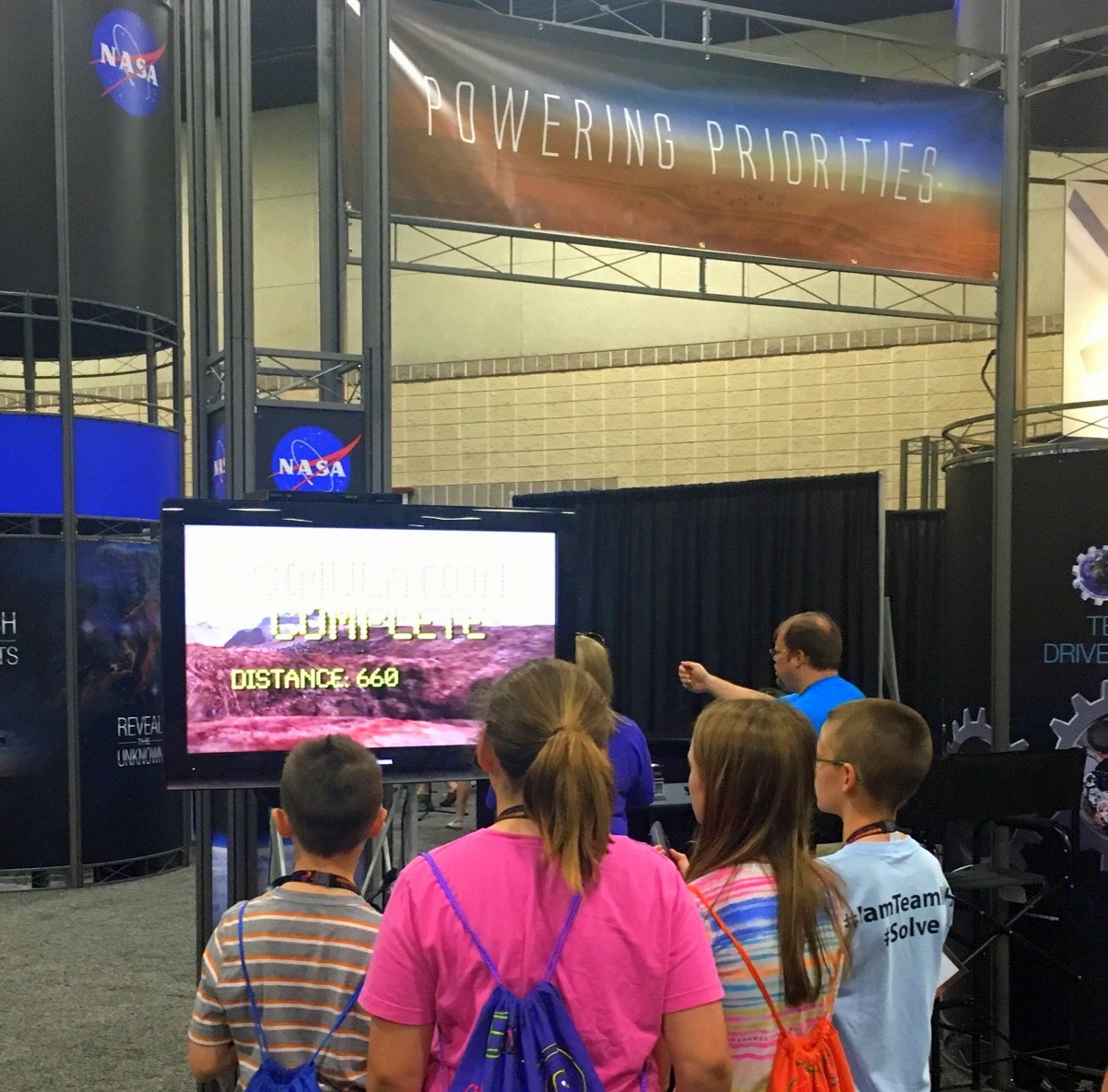
One by one, students of all ages learned how NASA astronauts will live and work on Mars through state-of-the-art exhibits and interactive challenges during the 2016 Destination Imagination event in Knoxville, Tennessee, May 25-27. Destination Imagination is a nonprofit organization developing opportunities for students to learn diverse skills needed in the 21st century. Staffed by team members from NASA’s Marshall Space Flight Center, the event taught students how astronauts could create water and grow food on the Red Planet, travel the Martian surface for scientific excursions and communicate with Earth using a hexadecimal coding system. (NASA/MSFC/Katrine Balch)
Celebration of Ethnic Cultures and Contributions Takes Center Stage
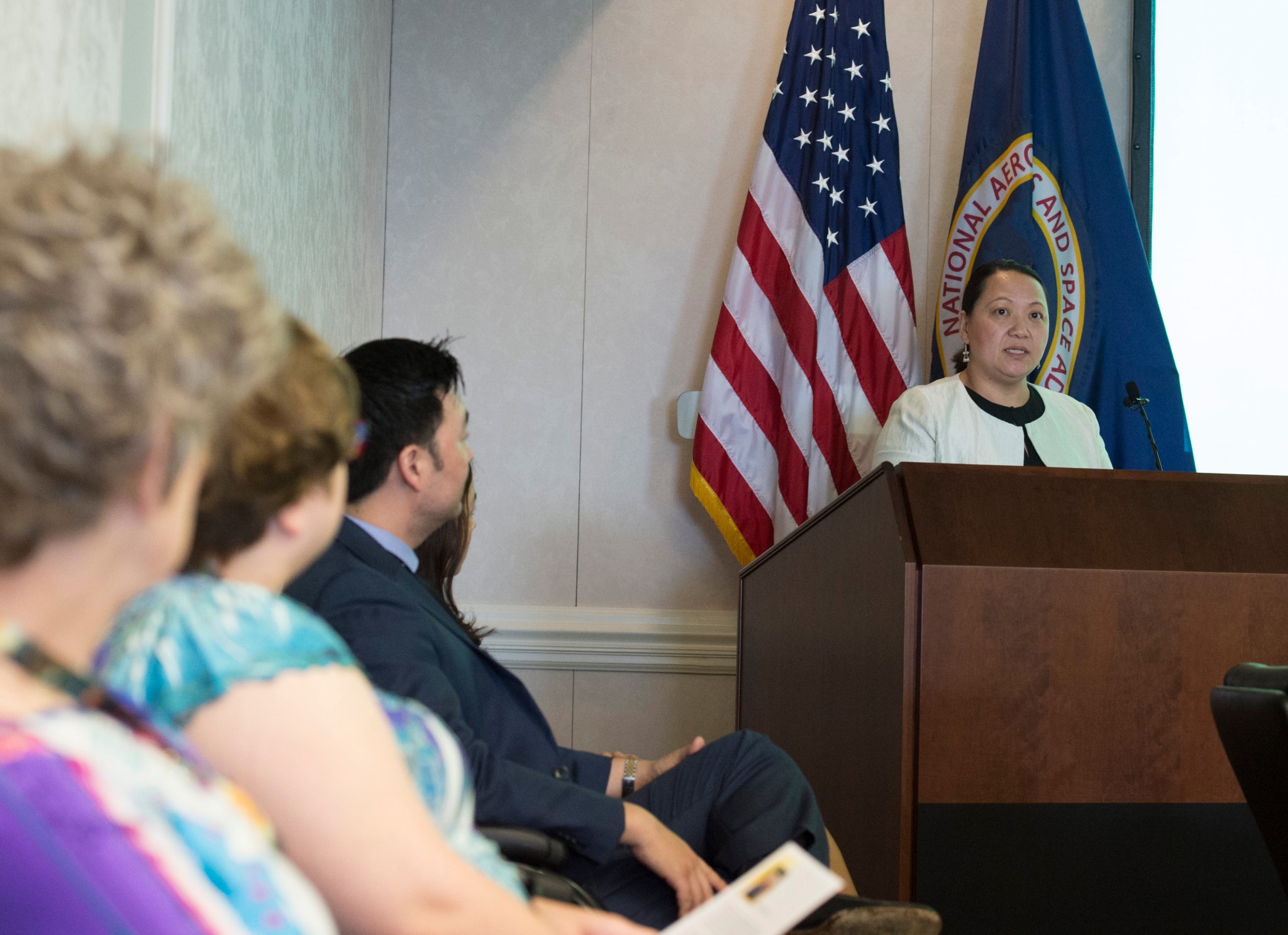
Bo Thao-Urabe, a member of President Barack Obama’s Commission on Asian Americans and Pacific Islanders, speaks to team members of NASA’s Marshall Space Flight Center during an Asian Americans and Pacific Islanders Month celebration event May 31. The month-long observance recognizes the culture, diversity and contributions of Asian Americans and Pacific Islanders. This year’s theme is “Walk Together, Embrace Differences, Build Legacies,” adopted from the Federal Asian Pacific American Council. For more information about Asian Americans and Pacific Islanders Month, click here. (NASA/MSFC/Emmett Given)
This Week in NASA History: Discovery Becomes First Space Shuttle to Dock With International Space Station — May 29, 1999
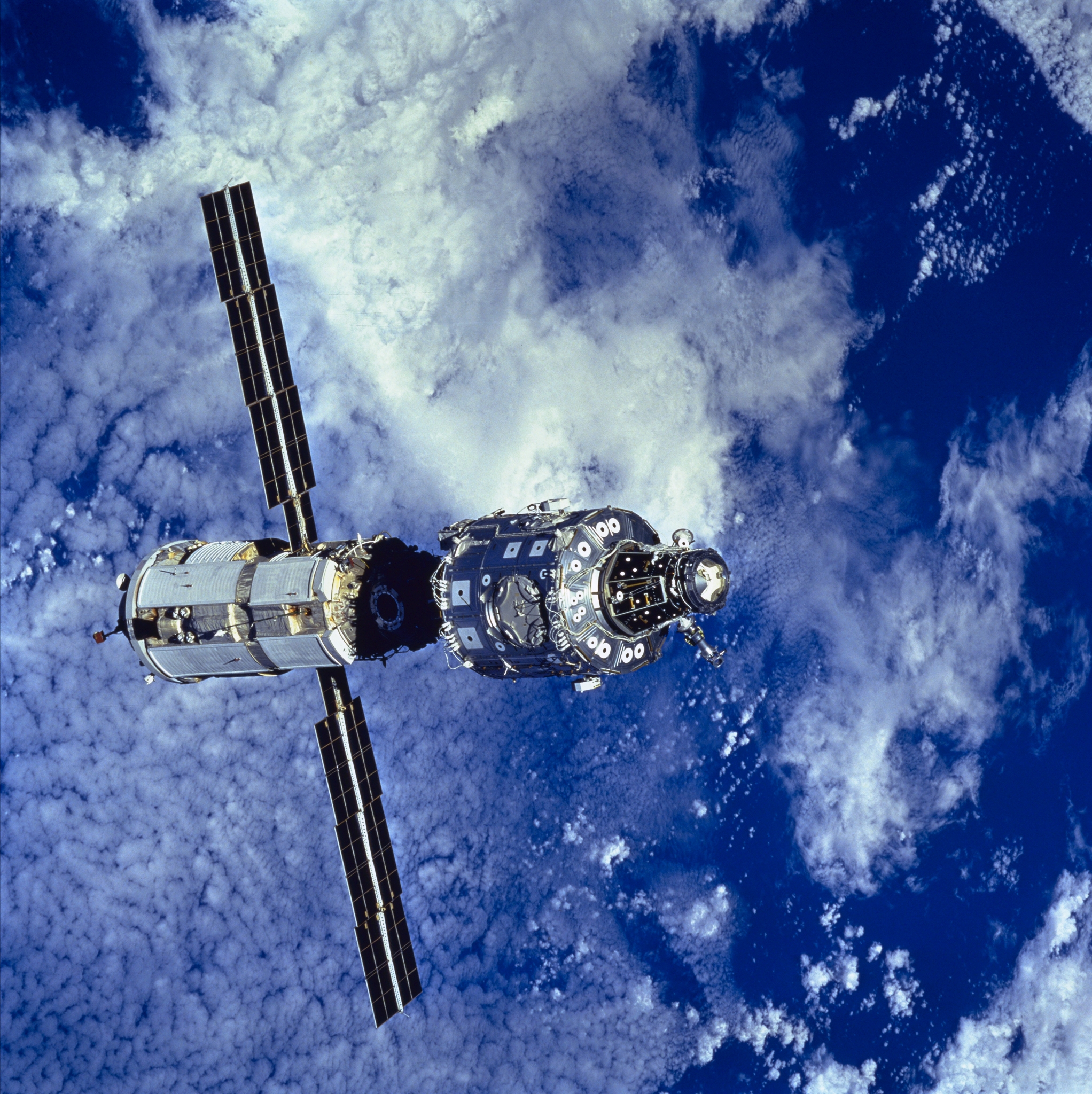
This week in 1999, the STS-96 crew aboard space shuttle Discovery became the first to dock with the International Space Station. Using the Integrated Cargo Carrier, Discovery delivered the Russian cargo crane, STRELA; the SPACEHAB Oceaneering Space System Box; and the American crane, ORU Transfer Device, to the space station. STS-96 was the Space Shuttle Program’s second ISS mission. The first, STS-88, delivered the first American module, Unity, in December 1998. In total, 34 shuttle missions were flown during construction of the space station. The International Space Station serves as the world’s leading laboratory where researchers conduct cutting-edge research and technology development that will enable human and robotic exploration of destinations beyond low-Earth orbit, including asteroids and Mars. NASA Marshall Space Flight Center’s Payload Operations and Integrations Center serves as the agency’s command center for all science operations on the space station. The NASA History Program documents and preserves NASA’s remarkable history through a variety of products — photos, press kits, press releases, mission transcripts and administrators’ speeches. For more pictures like this one and to connect to NASA’s history, visit the History Program’s web page. (NASA)
NASA’s OSIRIS-REx Spacecraft Featured on ‘This Week @NASA’
Shipment, arrival and unboxing of NASA’s OSIRIS-REx spacecraft is featured in the latest edition of “This Week @NASA,” a weekly video program broadcast nationwide on NASA-TV and posted online.
OSIRIS-Rex, the first U.S. mission to collect and return an asteroid sample to Earth for study, arrived at the Kennedy Space Center May 20. The spacecraft is scheduled for launch from the Cape Canaveral Air Force Station Sept. 8. Once launched, OSIRIS-REx will arrive at a near-Earth asteroid called Bennu in 2018, collect a small sample and return it to Earth by 2023.
Scientists believe Bennu may hold clues to the origin of the solar system and the source of the water and organic molecules that may have made their way to Earth. OSIRIS-Rex is the third mission in NASA’s New Frontiers Program, which is managed by NASA’s Marshall Space Flight Center.
View this and previous episodes at “This Week @NASA” or at https://www.youtube.com/user/NASAtelevision.
Obituaries
Jewel W. Moody, 86, of Fairhope, Alabama, died April 17. He retired from the Marshall Center in 1985 as an aerospace engineer.
Larry W. Wood, 75, of Huntsville, died May 7. He retired from the Marshall Center in 1997 as an electronics technician.

